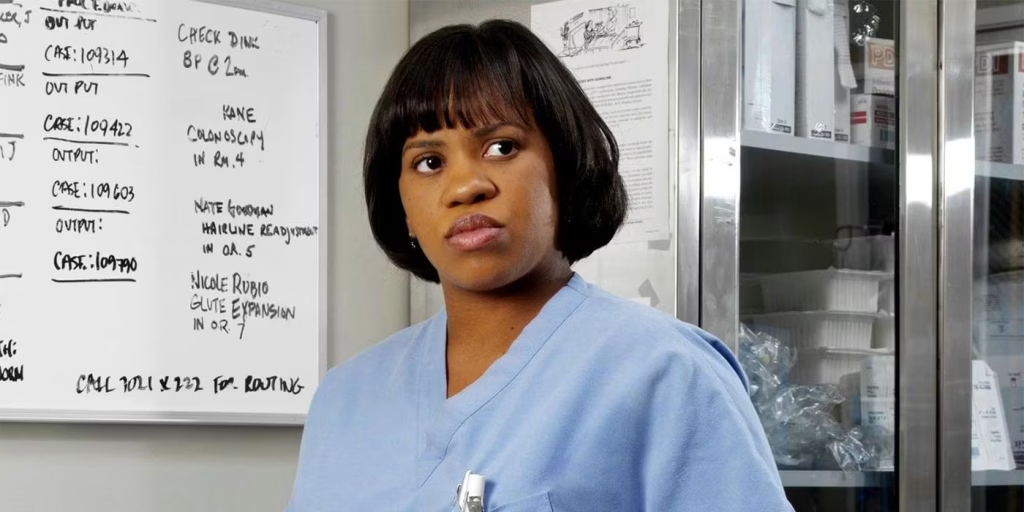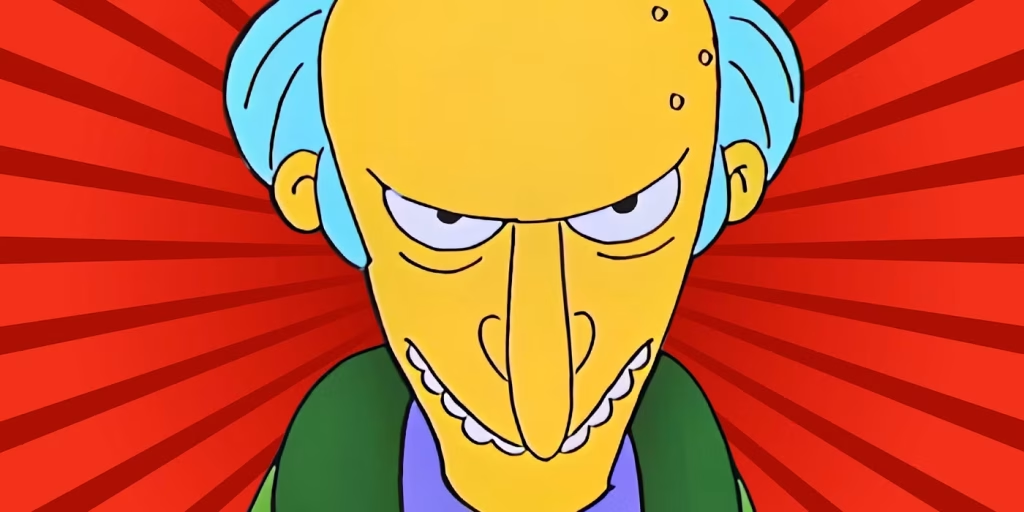The workplace can be inspiring, chaotic, or downright terrifying—especially when you’ve got a boss like the ones we see in movies and TV. From incredible leaders who uplift their teams to absolute nightmares who make every workday miserable, Hollywood has given us plenty of examples of what to do—and what to avoid—as a boss.
Let’s dive into some of the best and worst bosses in pop culture, breaking down what makes them HR-approved or a walking lawsuit.
Best Bosses: Who We’d Love to Work For
1. Leslie Knope – Parks and Recreation

⭐ Why She’s Great: Leslie Knope isn’t just a boss—she’s a cheerleader, mentor, and visionary leader all rolled into one. As the deputy director of the Parks and Recreation department in Pawnee, Indiana, Leslie constantly goes above and beyond for her team. She recognizes their strengths, celebrates their achievements (sometimes with waffles and binders), and always finds ways to make work fun.
One of Leslie’s best leadership qualities is her ability to inspire and empower her employees. She encourages them to chase their dreams, even if that means they eventually outgrow their roles. A great example is how she supports Ben Wyatt when he pursues a political career and pushes April Ludgate to take on more responsibility, knowing she has the potential to be a great leader.
💡 HR Takeaway: The best bosses invest in their employees’ growth and create a positive, engaging work culture. When employees feel valued and supported, they perform at their best.
2. Tony Stark – Iron Man & The Avengers

⭐ Why He’s Great: At first glance, Tony Stark (a.k.a. Iron Man) might not seem like the ideal boss—he’s arrogant, unpredictable, and doesn’t exactly believe in structured management. But when you look closer, Stark has some of the key traits of a great leader: vision, trust in his team, and a willingness to adapt.
Tony surrounds himself with brilliant, capable people and gives them the freedom to innovate. He doesn’t micromanage; instead, he recognizes talent (like when he recruits Peter Parker/Spider-Man) and provides the tools needed to succeed. Despite his flaws, he ultimately leads by example, even making the ultimate sacrifice for his team.
💡 HR Takeaway: Great leaders hire smart people, trust them to do their jobs, and lead by example. Employees perform best when they have the autonomy to make decisions and the tools to succeed.
3. Miranda Bailey – Grey’s Anatomy

⭐ Why She’s Great: Dr. Miranda Bailey is a prime example of tough love leadership done right. As a mentor to generations of surgical residents at Grey Sloan Memorial Hospital, she expects excellence and refuses to accept mediocrity. But unlike the toxic bosses we’ll get into later, Bailey genuinely cares about her employees and pushes them because she wants them to succeed.
Bailey is also a master of adaptability—she evolves from a strict surgical mentor into a compassionate hospital chief who learns to balance leadership with empathy. She makes difficult decisions when necessary but never loses sight of the well-being of her team.
💡 HR Takeaway: The best leaders hold employees to high standards but also provide guidance and support to help them meet those expectations. A strong leader knows when to be tough and when to show empathy.
Honorable Mention: Commissioner Jim Gordon – The Dark Knight Trilogy

⭐ Why He’s Great: Commissioner Gordon is the kind of leader who holds it all together—even when everything is falling apart around him. In a city plagued by corruption, violence, and chaos, Gordon remains one of the few unshakably ethical figures in Gotham.
He rises through the ranks not by playing politics, but by staying committed to justice, honesty, and protecting his team. Even under intense pressure—from mob bosses, dirty cops, or masked villains—he keeps his focus on doing the right thing, not the easy thing. Gordon also knows how to delegate, trust his team, and stand up for what’s right, even when it puts his own safety at risk.
He doesn’t seek the spotlight—he leads quietly, consistently, and with conviction. And let’s be real: if Batman thinks you’re trustworthy, you’re probably doing something right.
💡 HR Takeaway: True leadership is about integrity, trust, and steady guidance in times of crisis. Great leaders don’t need capes or catchphrases—they just need the courage to do the right thing, especially when it’s hard.
Worst Bosses: HR Horror Stories
1. Michael Scott – The Office

🚨 Why He’s the Worst: Michael Scott may be hilarious to watch, but in real life, he would be an HR disaster waiting to happen. As the regional manager of Dunder Mifflin’s Scranton branch, Michael is unprofessional, wildly inappropriate, and completely unaware of workplace boundaries.
Some of his worst offenses?
-
Constant inappropriate jokes and insensitive comments (“That’s what she said”).
-
Favoritism (Ryan Howard could do no wrong in his eyes)
-
Lack of professionalism, including turning workplace meetings into personal therapy sessions
-
A complete disregard for HR policies (Toby Flenderson, the HR rep, was his sworn enemy)
While Michael does care about his employees, his leadership style is so chaotic that it often creates a toxic, confusing, and uncomfortable work environment. His employees succeed despite him, not because of him.
⚠️ HR Takeaway: A fun work culture is great, but there must be professionalism, structure, and respect. A boss who ignores boundaries and HR policies will eventually create a hostile work environment.
2. Miranda Priestly – The Devil Wears Prada

🚨 Why She’s the Worst: If Michael Scott is an HR disaster because of his incompetence, Miranda Priestly is one because of her toxic, fear-driven leadership. As the icy editor-in-chief of Runway magazine, she demands perfection, complete loyalty, and total personal sacrifice from her employees.
Miranda is cold, dismissive, and impossible to please. She expects her assistant, Andy, to be available 24/7, makes unreasonable demands (like getting the unpublished manuscript of Harry Potter for her kids), and has no regard for work-life balance. Employees work in constant fear of disappointing her.
⚠️ HR Takeaway: A workplace that prioritizes fear and control over support and collaboration leads to burnout, turnover, and low morale. Employees perform better in an environment where they feel valued rather than disposable.
3. Mr. Burns – The Simpsons

🚨 Why He’s the Worst: Charles Montgomery Burns, the owner of the Springfield Nuclear Power Plant, is the embodiment of corporate greed and unethical leadership. He prioritizes profits over people, exploits his workers, and has zero concern for workplace safety.
Some of his worst offenses?
-
Blatant disregard for employee well-being (he once blocked out the sun so workers would rely more on his power plant)
-
Illegal workplace practices (dumping toxic waste, unfair firings, and outright villainy)
-
A complete lack of empathy (he doesn’t even know his long-time employee Homer’s name)
While Mr. Burns is an exaggerated caricature, real-life toxic workplaces often have similar issues—unethical management, lack of concern for employees, and a culture of fear.
⚠️ HR Takeaway: A good leader prioritizes ethics, employee well-being, and fair treatment. A company that doesn’t take care of its workers will eventually face serious consequences—both legally and culturally.
Honorable Mention: Lee Russell – Vice Principals

🚨 Why He’s the Worst: Lee Russell, the conniving and self-absorbed vice principal of North Jackson High, is a master manipulator who uses charm and sabotage to climb the administrative ladder. He doesn’t just make life difficult for his enemies—he emotionally abuses coworkers (unless you’re Neal Gamby), sets up elaborate schemes to ruin others’ careers, and is obsessed with control and power.
Lee represents everything HR tries to root out: manipulation, harassment, emotional abuse, and a complete disregard for teamwork or ethics. His “leadership” is fueled by personal vendettas and ego, not by any desire to support or develop others.
⚠️ HR Takeaway: Toxic leadership based on fear and manipulation destroys workplace culture. Unchecked egos and power-hungry behavior lead to dysfunction, disengagement, and a revolving door of talent.
Final Thoughts: What Hollywood Teaches Us About Leadership
From inspiring mentors to terrifying tyrants, Hollywood bosses offer plenty of lessons on what great leadership looks like—and what to avoid.
✅ The best bosses (like Leslie Knope and Miranda Bailey) inspire, support, and invest in their teams.
❌ The worst bosses (like Michael Scott and Lee Russell) create chaos, fear, or toxic environments.
In real life, HR professionals play a key role in shaping company culture and ensuring that leadership fosters growth, respect, and ethical practices. Because at the end of the day, a workplace should feel more like Pawnee’s Parks Department than the Springfield Nuclear Power Plant.
Bosses and employers, if you need staffing solutions for your business, we’d love the opportunity to connect!
Employees and job-seekers, be sure you check out our job board for new opportunities!

